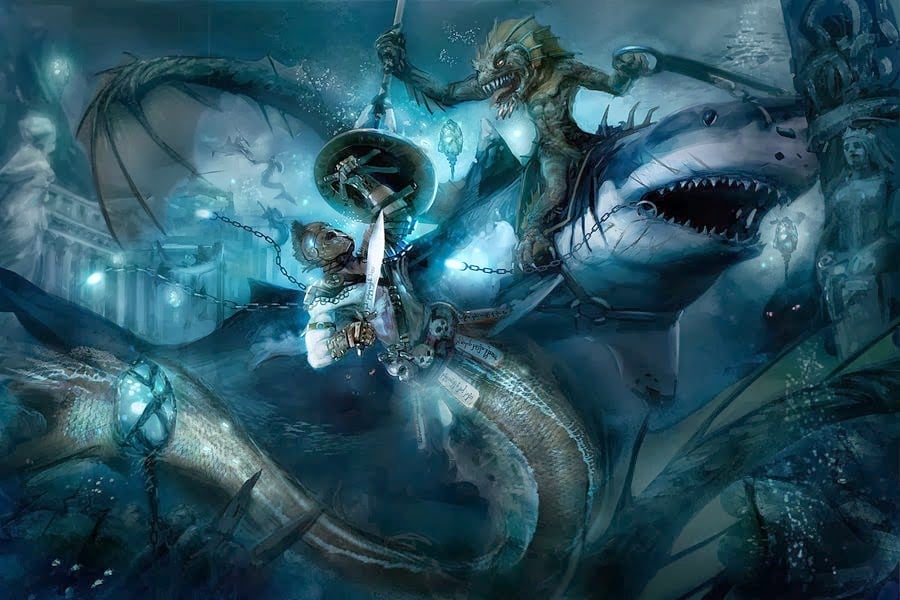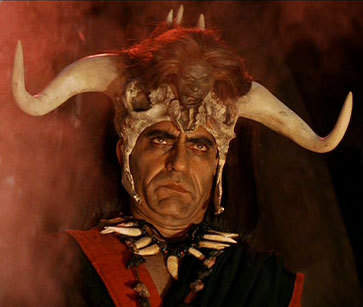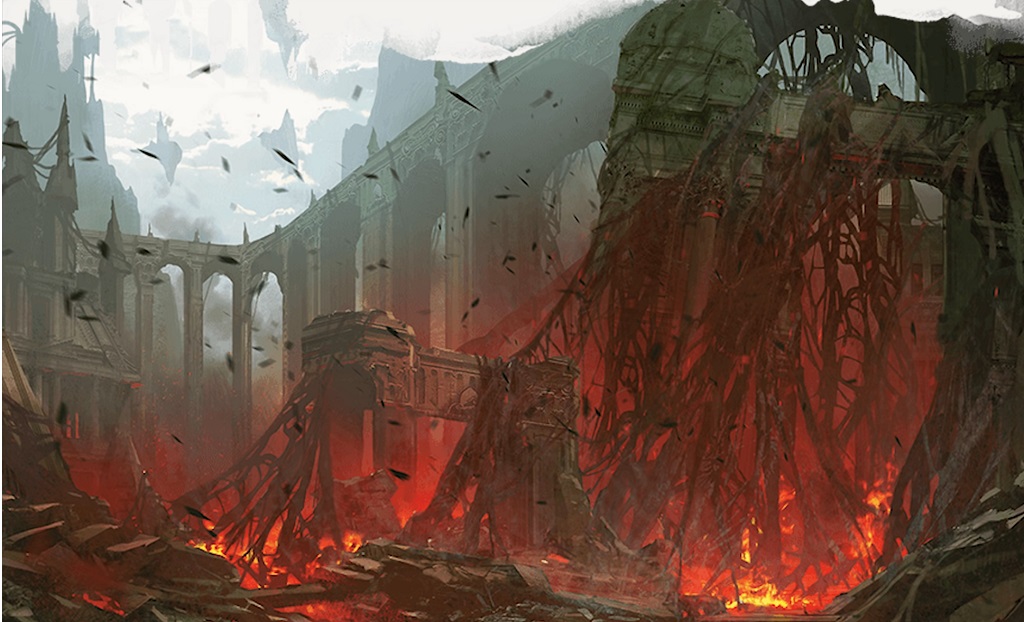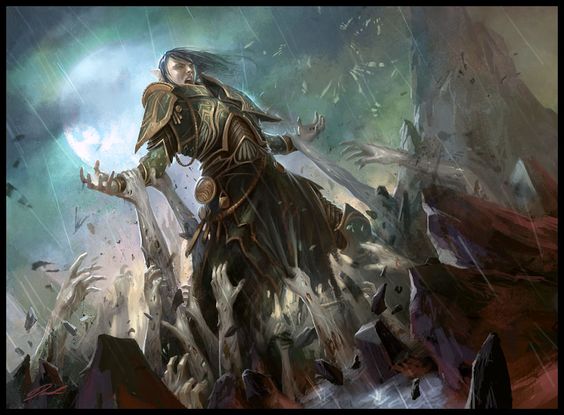D&D: Five Ways To Keep Your Villains Alive
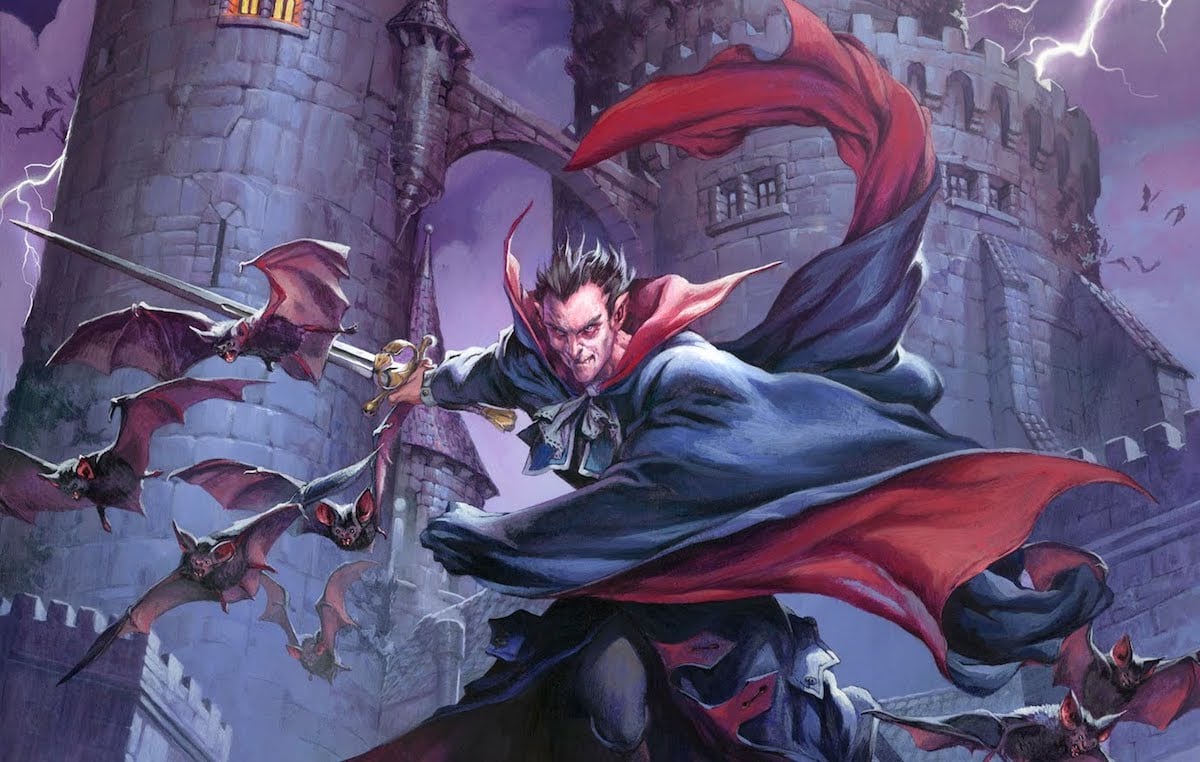

Tired of your villains getting one-shotted the first turn of their first appearance in your big campaign? We’ve got recourse for your villains’ recurrence.
There’s nothing like a good recurring villain–especially in D&D where nobody ever runs away from combat. A huge part of it comes down to the battlemat. Most things that decide to run away either do it too late, or can’t escape the often significant range the PCs will have. Especially since the PCs will continue to move and fire with every ounce of their being to try and finish off a foe before it gets away to come back again.
This stands in stark contrast to the epic chases and pursuits, and the harrowing escapes (on both sides of this equation) that make for excellent storytelling. If you keep killing the bandit king every time he shows up, you’ll never have the chance for the bandit king to reveal a personal connection to one of the party, or for the bandit king to keep turning up at the worst time. And from a certain point of view, it makes sense. After all if you’re approaching this from a strictly rules-oriented mindset, you want to beat the foes. The rules say you can keep shooting and if you let the villain get away, that jerk of a DM is just going to have them come back to haunt you.
Whereas in our other storytelling media, we want to see the heroes lose, and be threatened or flummoxed by the villains, who manage to escape to fight again another day. Eberron: Rising from the Last War understands your pain, DMs, and has some excellent advice on making your villains live long enough to actually be attached to the party. We’ve added our own as well, giving you five ways to keep your villains alive.
Don’t Show Up In The First Place
They can’t kill you if you’re not there to begin with. A great, easy way to have a villain keep coming back, is to have them always be present through other lackeys. They either send their henchmen to do their bidding, or appear via holocommunicator/magic illusion spell that works exactly like the holocommunicators in Star Wars, where they’re safe from player retribution.
You could try the also popular “villain disappears into an escape route right as the players rush in, and the actual encounter with the guards they’ve left behind begins,” as evidenced by Mola Rom in Henry Jones Jr. and the Temple of Doom. Of course that cuts both ways. The players might not be able to stab your well-crafted villain, but your villain can’t strike your players back either, and that means it’s up to the villain’s lackeys to carry out the villain’s wishes. Dubious at best.
Use Those Magic Items
Suppose your villain is actually fighting against the party. Well they should be having a lot of minions around, since single adversary combats in D&D are generally foregone conclusions with the PC using their weight of numbers to crush the foe before they have a chance to do anything cool. But even with plenty of henchmen and hirelings around, your villain is still in danger of being the focus of all the party’s attacks.
Here’s where the villain has a chance to show off some of the treasure that was meant for the party. Have the villain quaff a healing potion or use some other consumable magic item (or a permanent one) to accomplish a powerful effect. The players will sit up and take notice and demand the villain stop using their treasure.
Have An Escape Route
Of course, if you have a smart villain, they might also have arranged for quick escape options. In the middle of a fight, they jump off a building as an elemental skyship goes sailng by. Or perhaps they hop on a barge or a shrinking portal–never underestimate the value of a quick exit as things start to go south. I wouldn’t use this one too often, lest it feel too deus ex machina-y. But you can give the players some respite and send a clear “this fight is over” message with one simple move.
Use The Chase Rules
Now here’s one I haven’t seen done too much before. If your villain makes a break for it, don’t spend the next six rounds figuring out just how far your Warlock and Ranger can move while still pelting the villain with arrows/magic blasts. Just declare that you’re going to start using the chase rules as the villain runs off. You can make the segue a little smoother by requiring that anyone wishing to flee a fight makes a check (athletics or acrobatics feels appropriate) and if they pass, the scene shifts and instead becomes a Chase Scene.
If you haven’t read the chasing rules in the DMG, then you are missing out on some excellent fleeing/proto skill challenge rules in 5th edition.
Fake Death
Finally, when all else fails, just employ this patented tried and true method of having your villain fake their own death and move away. You can go a few different routes with this one: there’s the classic Reichenbach Falls method, where the villain goes over the side of a cliff, falls into a trash compactor, is in an exploding building–and you don’t see their body but there’s no way they could possibly have survived it.
Spoiler alert. Obviously there is, and they do. Do this one too much and your world becomes a comic book world–but used sparingly, it can spice up any “victory.”
The other thing you can do is a much more active thing. Have the villain cast Feign Death in a fight (bonus points if they are a sorcerer and use subtle spell) and while they appear to be dead, you note down what actually happens, and after the spell ends, your villain is back. Or perhaps they spread rumors of their death to greatly exaggerate.
What are the methods you use to help make sure your recurring villains recur? Let us know in the comments!

